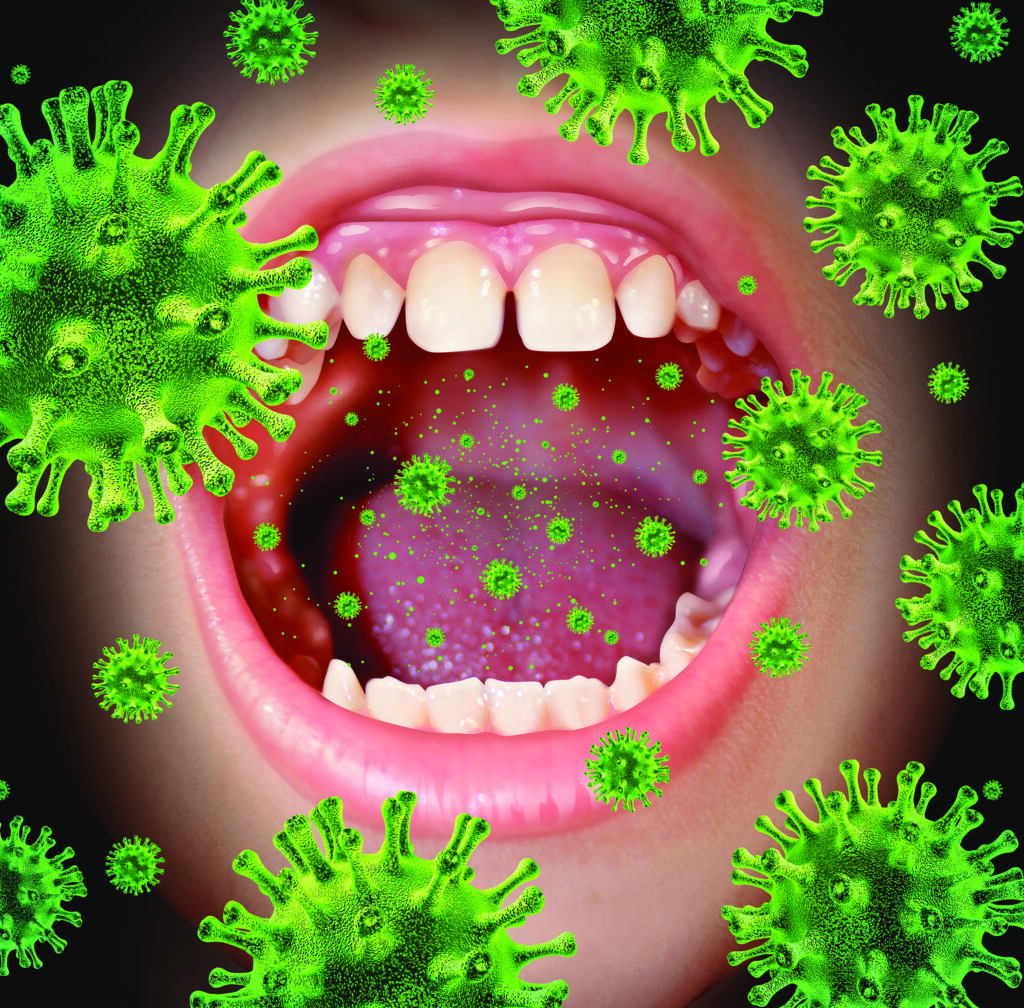Back-to-school season is upon us, and that means your child’s chances of coming down with an illness is greatly increased. While schools are centers of learning, they are also breeding grounds for all manner of germs. However, there are ways to lessen your child’s chances of coming down with something, having to miss school due to illness, and sharing germs with the family at home. Take our pop quiz on illnesses and school and learn how to help your child to stay well this school year.
1. Colds are the leading illness responsible for missing school and doctor visits. How many colds does the average school-aged child get in a year?
- 1-3
- 4-6
- 5-6
- 6-10
2. True or False? Both children’s less mature immune systems and their close proximity to each other in school are responsible for the high rate of illnesses kids suffer during the school year.
3. Schools are teeming with germs. In a 2005 school germ study, which spot hosted the most germs per square inch?
- Plastic cafeteria trays
- Classroom water fountain spigots
- Class pencil sharpeners
- Bathroom toilet seats
4. Which of the following is a way you can help your child to avoid germs?
- Getting them all necessary immunizations, including a flu shot
- Teaching them proper sneezing, coughing, and hand-washing procedures
- Instructing them to avoid sick classmates
- Use hand sanitizer with at least 60% alcohol
- All of the Above
5. In a study of middle school and high school students, what percentage washed their hands after using the bathroom?
- 10 percent
- 25 percent
- 50 percent
- 75 percent
6. Which of the following are important parts of handwashing?
- Washing hands after using the bathroom, after sneezing or coughing, and before eating
- Using soap
- Washing the entire hand for 20 seconds, about how long it takes to sing “Happy Birthday” twice
- Drying your hands with a paper towel
- All of the Above
7. Sneezing or coughing into a tissue is the best option; which of the following is the next best option?
- Sneezing/coughing into the crook of your elbow
- Sneezing/coughing into your hands
- Sneezing/coughing away from people
- Sneezing/coughing facing the ground
8. All schools have their own rules for when a child is too sick to come to school in order to stop the spread of germs. Which of the following are good rules of thumb for keeping your child home when sick?
- They have a fever
- They are vomiting
- They have diarrhea
- They are tired, listless, or not themselves due to illness
- All of the Above
Answers:
- D. 6-10. The average child gets 6 to 10 colds a year.
- True. Children get more illnesses than adults because their immune systems are not as mature and they are around so many germs at school.
- B. Classroom water fountain spigots. The study found that water fountain spigots had 2,700,000 bacteria per square inch, while the plastic cafeteria tray had 33,800 bacteria, and the restroom toilet seat had 3,200.
- E. All of the Above. Additional ways to avoid germs include avoiding putting fingers in the mouth, nose, or eyes; not sharing anything with classmates, like food or lip gloss; and having your child bring in his or her own supplies, like pencils.
- C. 50 percent. Teach your children to always wash their hands after using the bathroom to avoid spreading germs.
- All of the Above. Using soap and washing hands all over for 20 seconds are the most important steps to handwashing.
- A. Sneezing/coughing into the crook of your elbow. Sneezing or coughing into the crook of your elbow keeps germs off your hands and away from those around you.
- E. All of the Above. Keeping your child home when sick is an important part of reducing germs at schools.
